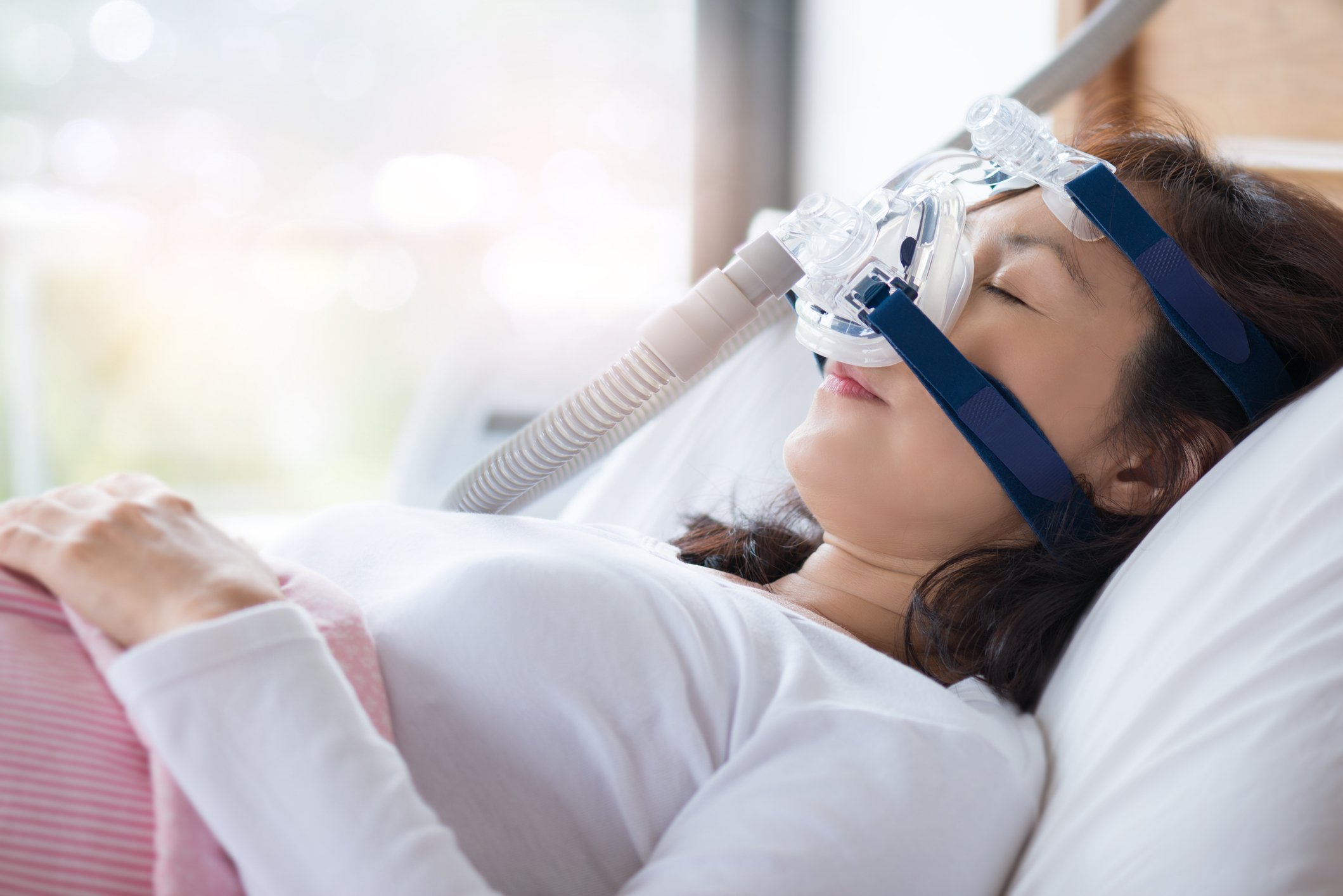
Sleep tests for heart disease
Some sleep disorders greatly increase the risk of heart disease, hypertension and stroke. We use different types of sleep study depending on what disorder is suspected.
Overnight oximetry
Overnight oximetry measures the oxygen levels in circulating blood during sleep. A small, lightweight device is clipped to the fingertip and worn overnight. The device continuously records oxygen levels and heart rate, providing valuable data for identifying potential breathing interruptions caused by conditions such as obstructive sleep apnoea (OSA).
This test is generally carried out at home using a small, portable device. For example, we use the Acupebble device, which collects information on oxygen levels, breathing pattern and heart rate parameters.
Home overnight oximetry is convenient and non-invasive. It can help detect oxygen level drops commonly seen in OSA. However, it is a screening tool, not a definitive diagnostic test. If OSA is suspected, further testing may be needed, such as a full sleep study (polysomnography).
Oximetry is often recommended for patients with symptoms like loud snoring, daytime sleepiness, or witnessed breathing pauses during sleep.
Full sleep studies
Polysomnography, commonly known as a sleep study, is a comprehensive test used to evaluate sleep disorders and related health conditions. It is especially valuable for diagnosing cardiorespiratory diseases that affect breathing and heart function during sleep, such as obstructive sleep apnoea (OSA) or central sleep apnoea.
Polysomnography monitors more body functions than pure oximetry and so can provide more diagnostic information. The range of information collected includes brain activity, heart rate, breathing patterns, oxygen levels, and muscle movements. These measurements provide a detailed picture of sleep quality and detect abnormalities that might indicate underlying cardiorespiratory issues.
Unlike simple oximetry, polysomnography is typically conducted overnight in a sleep lab in a hospital. Sensors are placed on the scalp, chest, face, and legs to record physiological data. While the setup may feel unusual, most patients sleep comfortably enough for accurate results.
Polysomnography can reveal if breathing is interrupted during sleep, causing oxygen levels to drop and straining the heart. This is critical for identifying conditions like OSA, where airway blockages cause breathing pauses, or central sleep apnoea, linked to brain signaling issues. It also provides insights into coexisting conditions such as heart rhythm disturbances (arrhythmias) or nocturnal hypoxaemia (low oxygen levels without obstruction).

